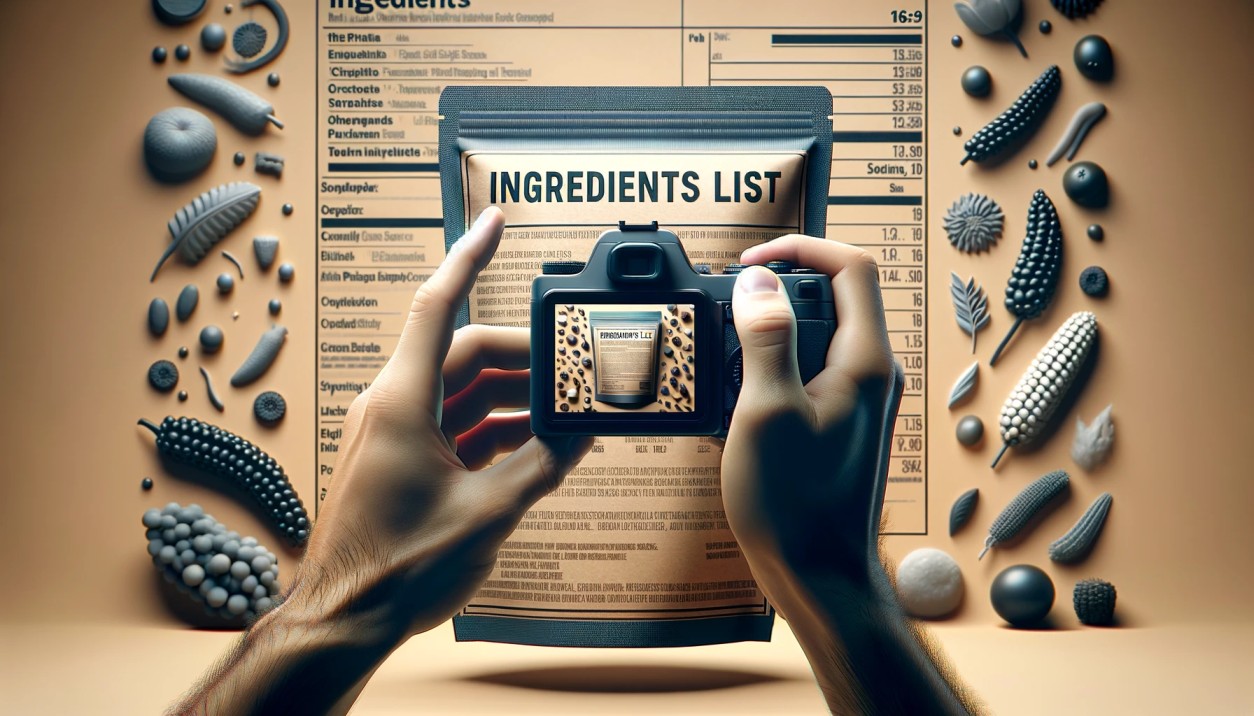Walk through any supermarket aisle, and you’re bound to be bombarded by “healthy” claims—Sugar-Free, Natural, Low-Calorie, Organic, Gluten-Free. These buzzwords are powerful tools in food marketing, often designed to shape perception rather than reflect the true quality of the product.
But how accurate are they, really?
The Rise of Label Deception in Packaged Foods
From greenwashing to healthwashing and humane washing, brands often manipulate consumer trust through vague or exaggerated claims. These tactics are legally permissible, as long as they don’t cross the line into outright false advertising—yet they’re misleading nonetheless.
Let’s explore the three core tactics and 10 common buzzwords used to manipulate consumer perception.
3 Pillars of Misleading Marketing
1. Greenwashing
Products claiming to be “Eco-Friendly” or “Organic” might not actually follow sustainable practices. Labels may be applied loosely, with no third-party verification or transparency into production standards.
2. Healthwashing
Claims like “Low-Fat”, “Sugar-Free”, or “Zero Trans Fat” often mask the presence of artificial additives, excess sodium, or hidden sugars. “Low-fat” products, for example, may contain added sugars to enhance flavor.
3. Humane Washing
Terms like “Cruelty-Free” or “Free Range” sound promising, but these labels can be misleading without context. For instance, “free range” might mean limited outdoor access and not necessarily better living conditions.
Top 10 Food Label Gimmicks You Need to Know

1. Sugar-Free: A Sweet Illusion
Products labelled “sugar-free” may legally contain up to 0.5g of sugar per serving. Many also use artificial sweeteners or sugar alcohols, which may affect blood sugar and gut health. Always check the ingredient list.
2. Fruit-Flavoured ≠ Real Fruit
Items marked “fruit-flavoured” often use synthetic chemicals like limonene or isoamyl acetate. Unless the label states “made with real fruit,” chances are the flavoring is artificial.
3. Gluten-Free: Only a Starting Point
“Gluten-Free” means fewer than 20 parts per million of gluten. But people with celiac disease or gluten sensitivity must go beyond the label—scan for hidden sources like barley malt or wheat derivatives.
4. Low-Calorie: Portion Size Matters
“Low-calorie” foods can still be unhealthy if consumed in large amounts. Some meals claim low-calorie status per 100g but pack excess sodium or lack nutrients essential for balance.
5. Low-Carb: No Regulation, Big Confusion
Unlike “low-fat”, the term “low-carb” isn’t clearly defined by regulatory bodies like the FDA. Always cross-reference with the nutritional panel.
6. Low-Fat: Might Be High Sugar
“Low-fat” is often a trade-off. To improve taste and texture, manufacturers typically add sugar or salt. The product might be lower in fat but not healthier overall.
7. Made with Whole Grains: Partial Truth
Products can claim “made with whole grains” even if refined grains dominate the formula. For real benefits, look for “100% whole grain” and check if whole grains are listed among the first three ingredients.
8. No Cholesterol: Doesn’t Mean Low Fat
“No Cholesterol” labels can mislead consumers into assuming the product is heart-healthy. But plant-based oils, though cholesterol-free, can still be high in saturated fats.
9. Natural: Legally Vague
There’s no formal definition for “natural” by the FDA. Many foods labelled “natural” may still contain preservatives, processed ingredients, or genetically modified components.
10. Zero Trans Fat: Technically, Not Always
Legally, products with less than 0.5g trans fat per serving can claim “zero trans fat.” If you consume multiple servings, your intake may still exceed healthy limits. Look for partially hydrogenated oils—an indicator of trans fats.
How to Outsmart Food Marketing
-
Don’t stop at the label. Always check the full ingredient list and nutrition facts.
-
Understand serving sizes. Many claims are based on unrealistically small portions.
-
Be skeptical of health halos. A product can be “low in X” but high in Y (sugar, salt, or additives).
Unbox Health: Helping You Make Informed Food Choices
At Unbox Health, we cut through the noise by testing packaged foods for label accuracy and safety in NABL-accredited and FSSAI-certified labs. We help you see past misleading claims and find products that align with your health goals.
Explore our clean-label product picks
References
